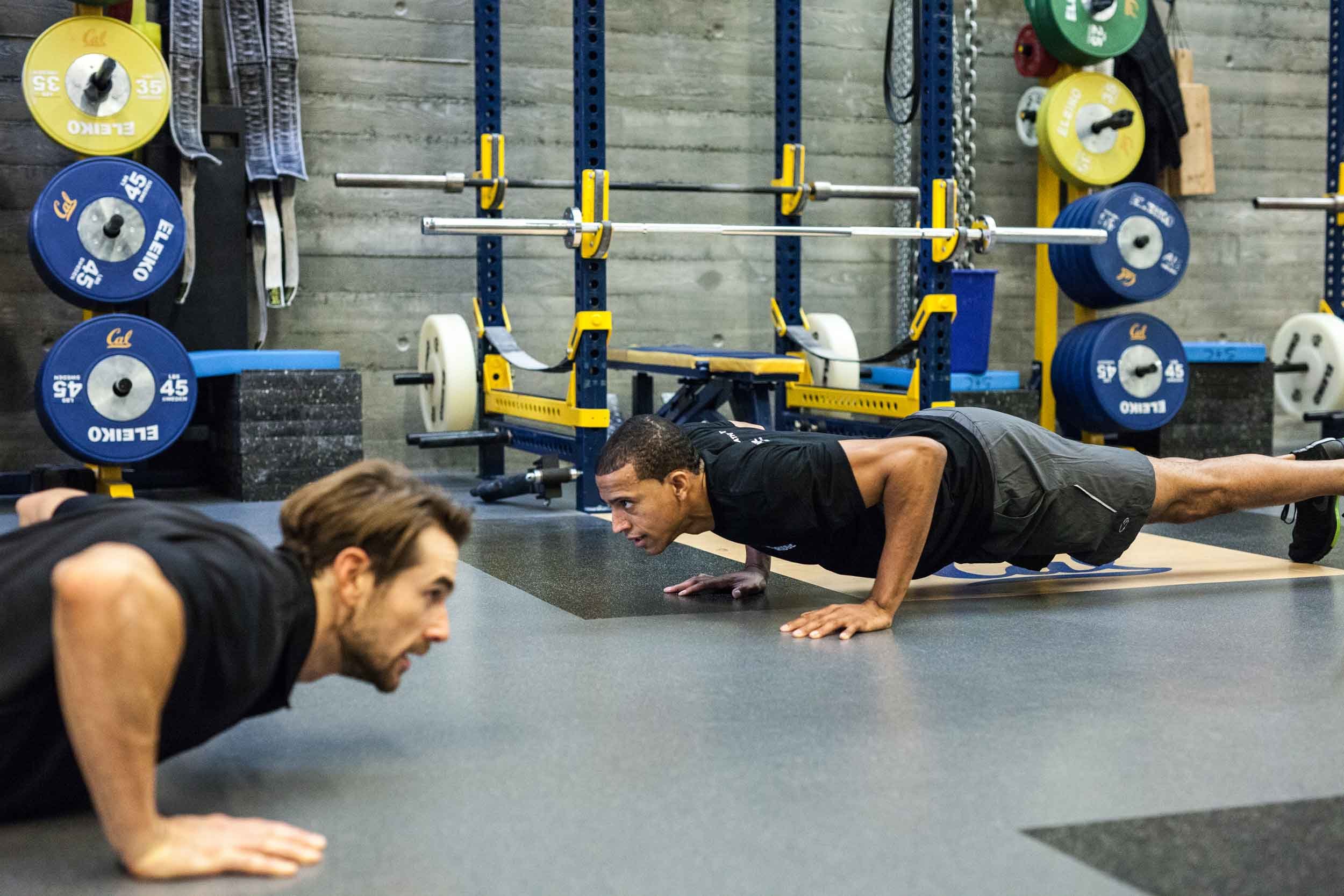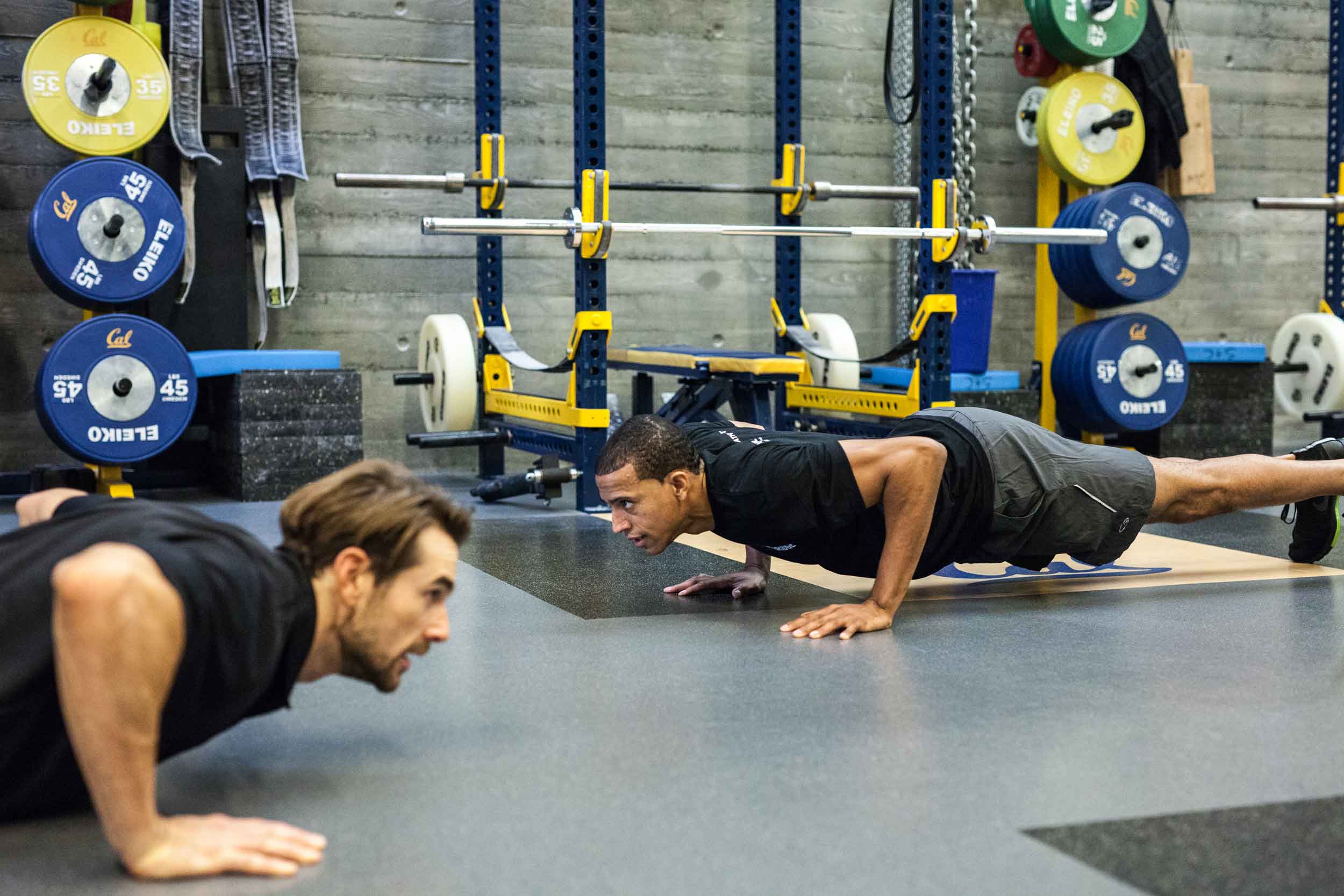
Polish researchers just cracked the code for powering through your next testing session. They studied the different responses elicited from eccentric (ECC) and concentric (CON) cadences on power and velocity, finding that ECC and CON cadences significantly impact the efficiency of resistance training. This new research questioned both the effects of movement tempo on power and velocity as well as the effects of different ECC cadences on CON velocity of movement and power output.
Break this Down for Me...
The Method
Researchers found 30 young adult males to perform two stages of bench press tests. Participants were required to have a one year minimum of strength training experience and were able to perform a BP with a load of at least 120% of their body mass. Each subject performed three sets of the bench press (BP) using 70% 1RM at two different tempos: 2/0/X/0 eccentric regular cadence (ECCREG), and 6/0/X/0 eccentric slow cadence (ECCSLO).
The tests were performed using regular (2s) and slow (6s) ECC. The CON phase was performed at max possible speed. Researchers used a ‘Tendo Power Analyzer’ (Tendo Sport Machines) to evaluate bar velocity. Participants rested between intervals for 5 minutes. The interval between the 2 testing stages was 7 days.
What it Means
While many studies have determined the ideal level of load for peak power, this is the first of its kind to consider movement velocities, both in the ECC and CON phases of resistance exercises. Researchers found the effects on max power and velocity and average power and velocity were significantly different between the ECCREG (2/0/X/0) and the ECCSLO (6/0/X/0) tempos, indicating that a slow ECC cadence unsurprisingly decreases power and velocity during the CON phase of a BP. So while tempo work isn’t going to improve max power, increasing time under tension is well known for building lean muscle growth, strengthening connective tissue, and increasing performance while decreasing CNS stress. Not to mention, moving more slowly through a movement can help novice athletes increase strength while maintaining proper movement mechanics.

Watch Out for...
How coaches and researchers begin to experiment with the duration of ECC during a movement to introduce new stages of periodization in the development of power.
the PowerUp
The results of this study prove that it is not only the dynamic transition from the ECC to CON that influences power variables, but also the duration and velocity of the entire ECC movement. Although the results of this study suggest that the introduction of a slower movement cadence in the ECC range leads to a decline in power and velocity values, this does not relate to chronic stages of muscular adaptation where studies agree eccentric training can help build muscle.
As this research was conducted during a short period of time, we’re keen to see how subjects would perform after maintaining either regular or slow ECC training across a multi-week phase.




-1.png)




